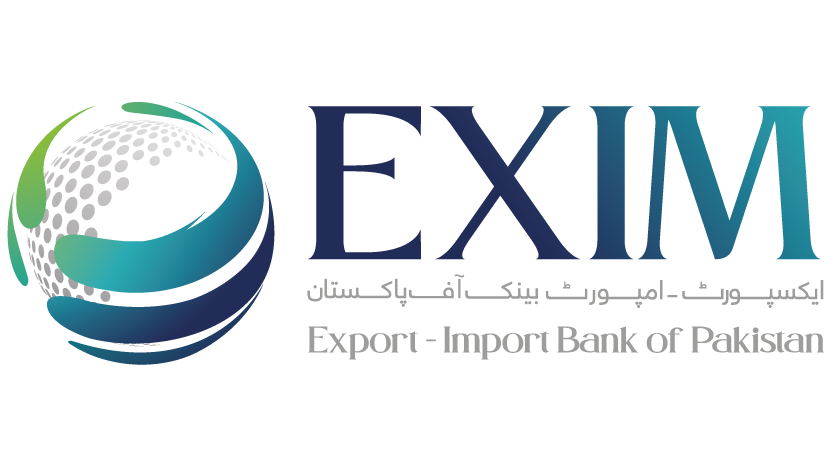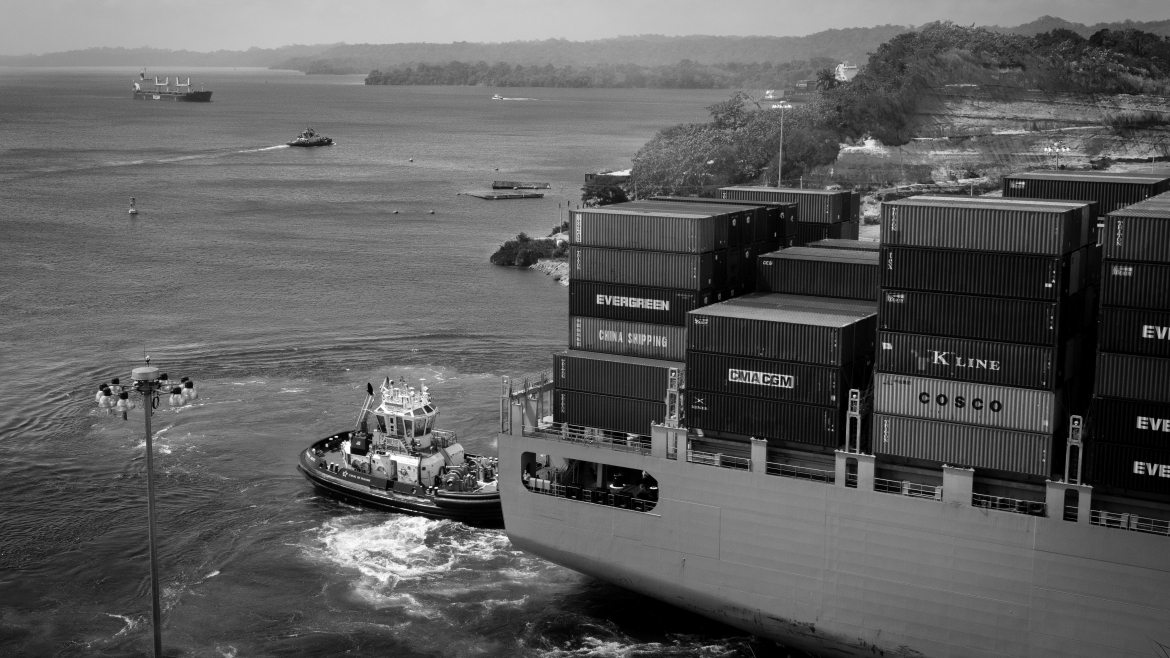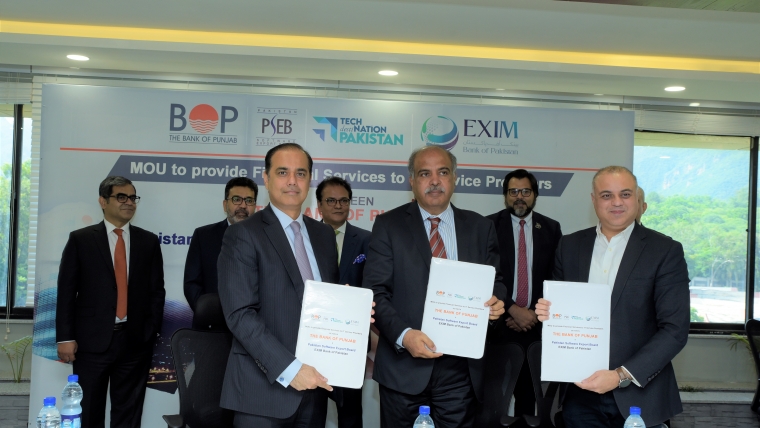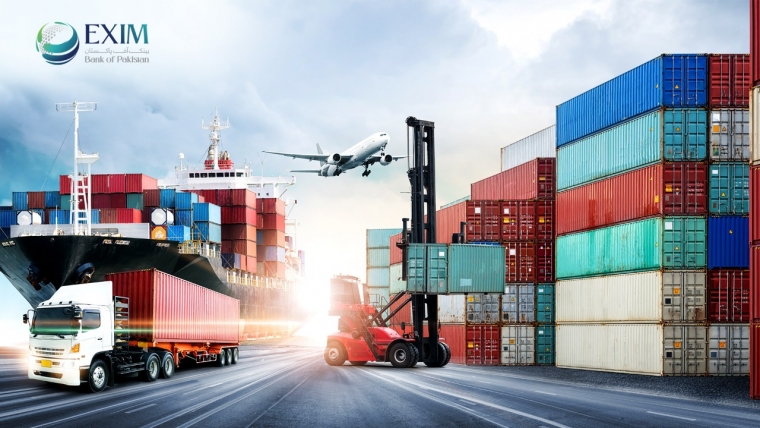
Just as local trade allows people to contribute to the economy through specialising in one or more fields of production or service, which they find themselves to be competitively capable of providing more efficiently as compared to others while relying on the community to furnish the rest at costs lower than they would have incurred to achieve the same, countries do the same in today’s global community. Following 19th-century British economist David Ricardo’s theory of comparative advantage, this results in a harmony of efforts to meet the ever-increasing demands of the world’s residents through efficient use of the limited resources at our disposal. This global competition for specialisation pushes each nation to learn, innovate, improve and adapt to get or stay ahead in international trade.
Even after the industrial revolution, when international trade is said to have most recently taken off, experts of all relevant fields across the world continue to search and serve areas for improvement. 1 One such area is the need for risk reduction through availability of international standard risk mitigation tools and services to the exporters, so that they may continue to contribute to world trade and fearlessly sail through the risky waters leading to the uncharted markets.
This need was first addressed in 1919 by the United Kingdom through the establishment of the Export Credits Guarantee Department (ECGD), now operating under the name of UK Export Finance (UKEF)2, primarily to facilitate exports to Russia. 1933 saw the establishment of the Export-Import Bank of the United States in an attempt to facilitate the same.3 Then in 1934 came the Berne Union, known formally as the International Union of Credit and Investment Insurers, when private and state export credit insurers from France, Italy, Spain and the U.K. met in Berne, Switzerland.4 In 1997, the Berne Union had a total of 47 members and observers supporting exports of USD 410 billion worldwide of member as well as non-member countries.3 Currently the Berne Union comprises of 83 members and 2 guests, which through its agencies, institutions and underwriters delivers USD 2.6 trillion of payment risk protection to banks, exporters and investors annually, amounting to 12% of global cross-border trade.5
The further emergence of such agencies was not seen until the end of World War II, when more governments began to set up their export credit agencies to fill this gap in the insurance and banking industry from which commercial banks were shying away, resulting in opportunity cost for government in terms of increase in exports, job creation, trade diplomacy, etc.3 A trend which continues to date with the recent announcement of the Islamic Republic of Pakistan’s own official export credit agency: Export-Import Bank of Pakistan (EXIM Bank of Pakistan). Effectively, the EXIM Bank of Pakistan looks to serve Pakistan’s economy not by the export credit agency standards of 1919 but by the ones evolved over time and are needed today, hence starting with Trade Credit Insurance products but going further to offer Guarantees, Loans, Tendering Bonds as well as Advisory Services in the near future.
1 American Trading International, 2022.
2 Banking & Finance Expert, LexisNexis
3 Malcom Stephens, IMF, The Changing Role of Export Credit Agencies, 1999.
4 Google, Berne Union History, 2023.
5 Berne Union, 2023.
By Kashif Ahmed for Export-Import Bank of Pakistan.



